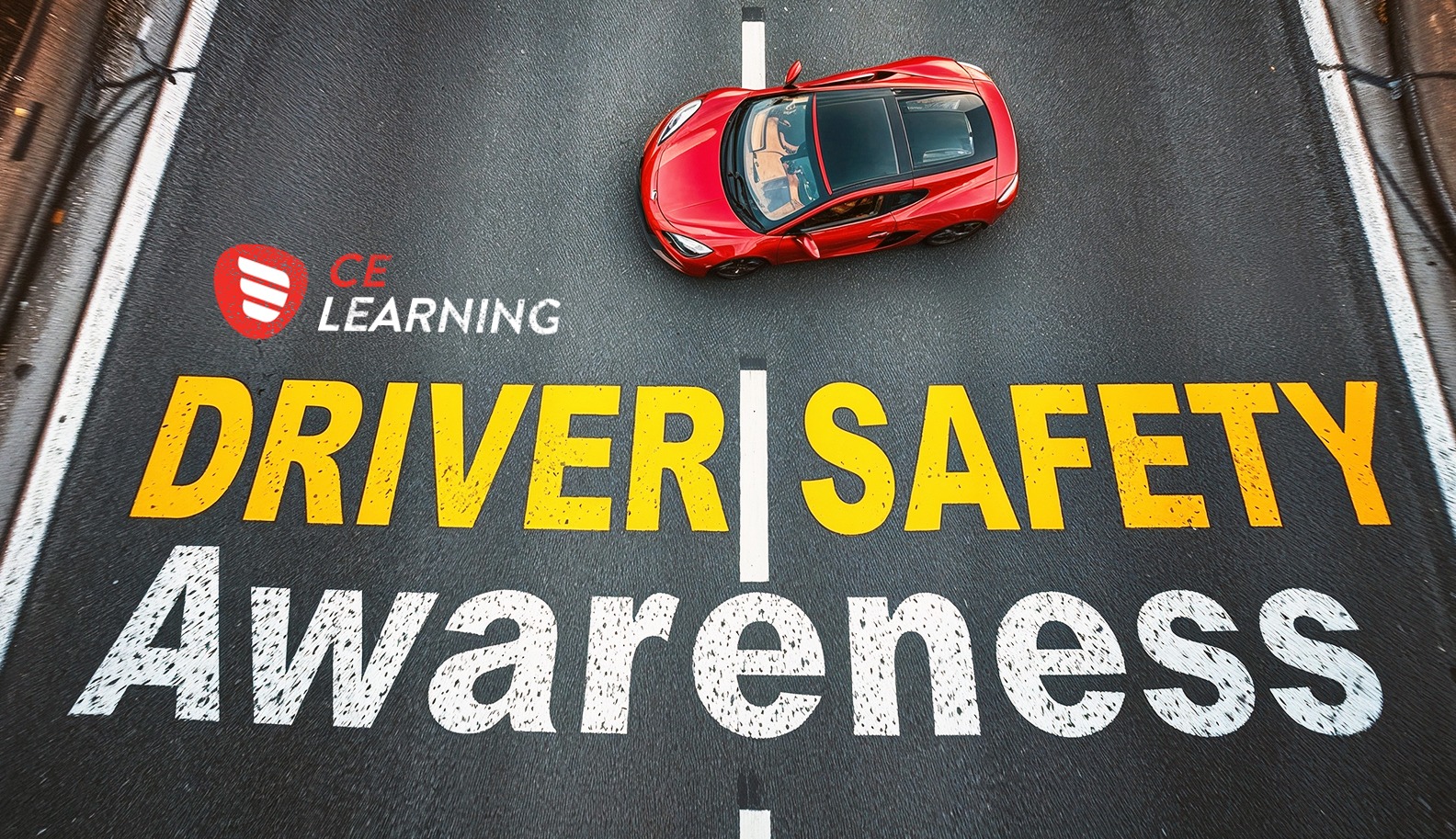Many of us have been driving on UK roads for some time, but do you know how to differentiate between warning, regulatory and informational signs?
Or, do you know what the new default speed limit is for residential and built-up areas in Wales?
If you’re not sure of the correct answer to the questions above, our new course on UK Driver Safety Awareness could benefit you and your staff.
This course explores the key aspects of driver safety awareness in the UK, including the importance of road safety, laws and regulations, common risks, strategies to promote awareness, and the role of technology such as speed cameras, average speed cameras and ANPR systems.
According to the UK Department for Transport, in 2022, there were over 1,500 reported road fatalities and thousands more serious injuries. These figures underline the critical need for heightened awareness and adherence to safe speed limits and driving practices.
However, speed limits can vary depending on which UK nation you are in.
In London, for example, the default speed limit on built-up roads is 30 mph, but many areas now feature 20 mph zones, particularly in residential neighbourhoods and near schools.
In Wales, as of 2023, a nationwide policy introduced 20 mph as the default limit for residential and built-up areas. These reduced limits aim to decrease accidents and improve safety for pedestrians and cyclists.
Stopping Distances
Stopping distances in the UK is crucial for road safety and depends on a vehicle’s speed, driver reaction time, and road conditions.
They are divided into two parts:
- Thinking distance (the time it takes to react)
- Braking distance (the time it takes to stop after applying brakes)
Did you know, that at 30 mph, the total stopping distance for a vehicle is just 23 metres?
This breaks down to 9 metre reaction time and 14 metres for braking.
Wet, icy, or poorly maintained roads can also significantly lengthen stopping distances for drivers.
Yellow box junctions also confuse many drivers.
They are there essentially, to prevent traffic gridlock and most drivers know that vehicles must not stop within the box unless exiting is clear.
However, did you know that the exceptions to this are when you are turning right or obstructed by oncoming traffic?
Covering future trends and current regulations, this course is for anyone who uses the UK road network from Account Managers who drive regularly, to staff who commute to work.











